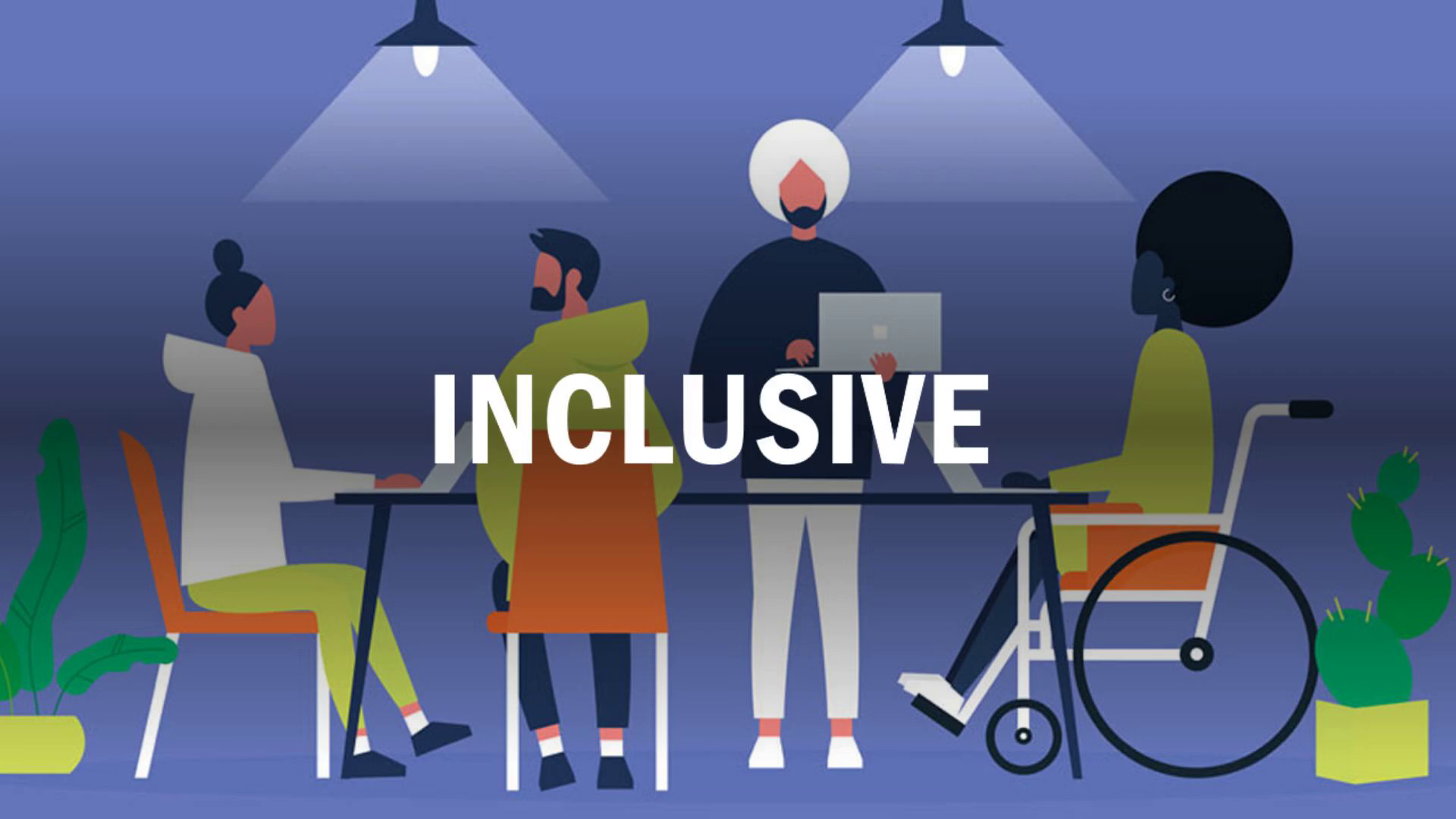Scene 1 (0s)
[Audio] Inclusive BY: Michelle Worsham Chamberlain Univeristy 02/17/2024 This Photo by Unknown author is licensed under CC BY-SA-NC..
Scene 2 (13s)
[Audio] Inclusive Giving the state of the world, expression of gender roles is imperative. It takes noting from you to address another human being how as they see fit. Using the proper pronouns is a start. Inclusiveness is an expectation given any subject. As a nurse, I want to be mindful of how I communicate with my patients, I don't want them to feel shamed nor not included. Ignorance can play a role in unintentionally making someone feel excluded. Not educating yourself enough either about their culture or even their sexual orientation..
Scene 3 (48s)
[Audio] inclusive The use of addressing an individual by name and pronoun, opens the door for one to feel safe enough to speak or communicate. In healthcare, we deal with so many different cultures who have so many different religions and ways they prefer to be addressed. I've listened to many people that are from the united states talk about how they don't feel included because most people they interact with doesn't even take the time to pronounce their name correctly. For me, anytime I come across a name that I am not familiar with, I always ask the individual to pronounce their name for me. I'll repeat it until I've gotten it right. I think its disrespectful to not even try to pronounce a person name correctly. Just because it's not a name you are culturally use to doesn't mean it doesn't deserve an attempt to be pronounced correctly. This Photo by Unknown author is licensed under CC BY-SA-NC..
Scene 4 (1m 41s)
[Audio] Inclusive "Gender communication instructors should strive to raise student awareness regarding the ways in which gender is created, maintained, and changed through communication" (Marian L. Houser 2019). In healthcare we must know the difference between sex and gender. We must use proper pronounce when addressing a person. Even if you're looking at a person who may look like a man, their pronouns maybe she or her. It can be difficult to understand or even grasp but the easiest way to cut out any confusion is to ask how should we address you. Asking a person preference in how they wish to be addressed will eliminate any initial conflict..
Scene 5 (2m 22s)
[Audio] Inclusive Individuals must learn the theoretical lenses through which gender is observed and examined. "By analyzing gender via these lenses, they can learn to move away from secondhand knowledge about men and women and analyze gender-related communication for themselves” (Bate & Bowker, 1997, p. 35). As nurses, we must set aside personal perceptions and not be gender bias in the care we give to our patients. Regardless of religious belief, we take an oath to care for our patients no matter gender, sexual preference, race, or religion..
Scene 6 (3m 0s)
[Audio] inclusive As a healthcare provider, we must be conscious of how we address our patients. The times we get it wrong, we have to be apologetic. No one wants to be singled out because of their sexuality, gender, race, or religion. We are all human, and we should treat one another as such..
Scene 7 (3m 20s)
[Audio] inclusive This Photo by Unknown author is licensed under CC BY-NC..
Scene 8 (3m 29s)
[Audio] inclusive This Photo by Unknown author is licensed under CC BY-NC..
Scene 9 (3m 36s)
[Audio] Reference The Effect of Respect: Respectful Communication at Work Drives Resiliency, Engagement, and Job Satisfaction among Early Career Employees Healthcare workers’ perception of gender and work roles during the COVID-19 pandemic: a mixed-methods study Pedagogy, Gender, and Communication: Learning and Unlearning Gender.
